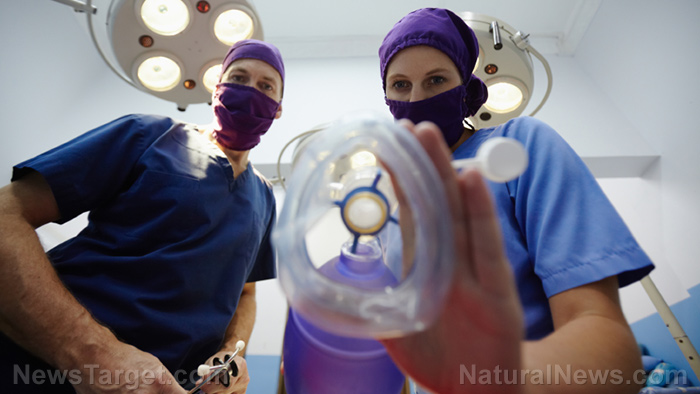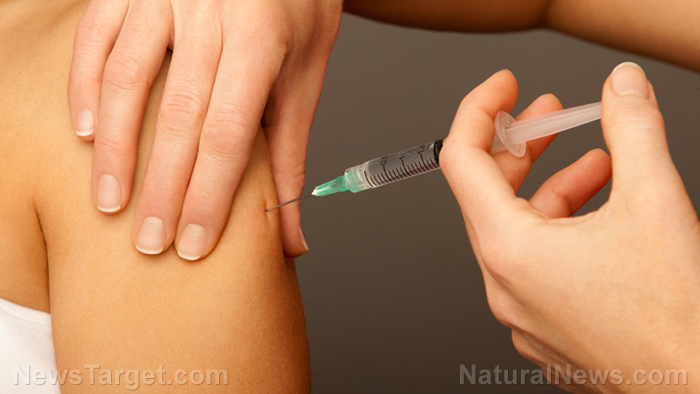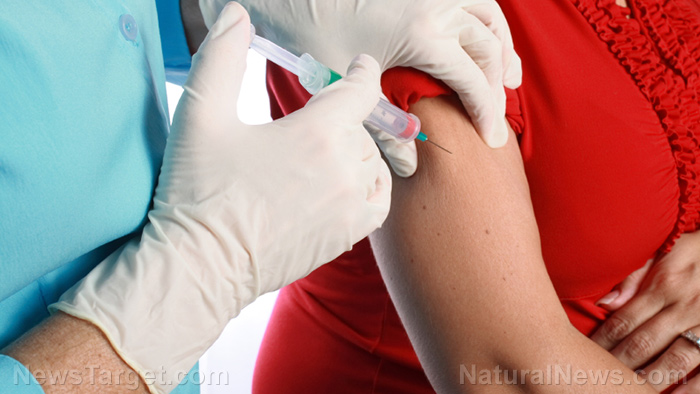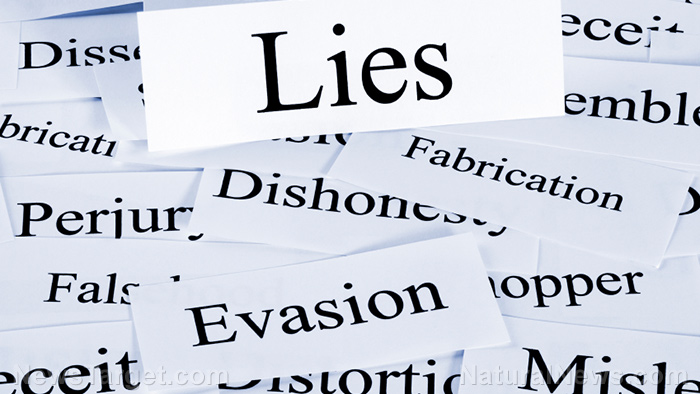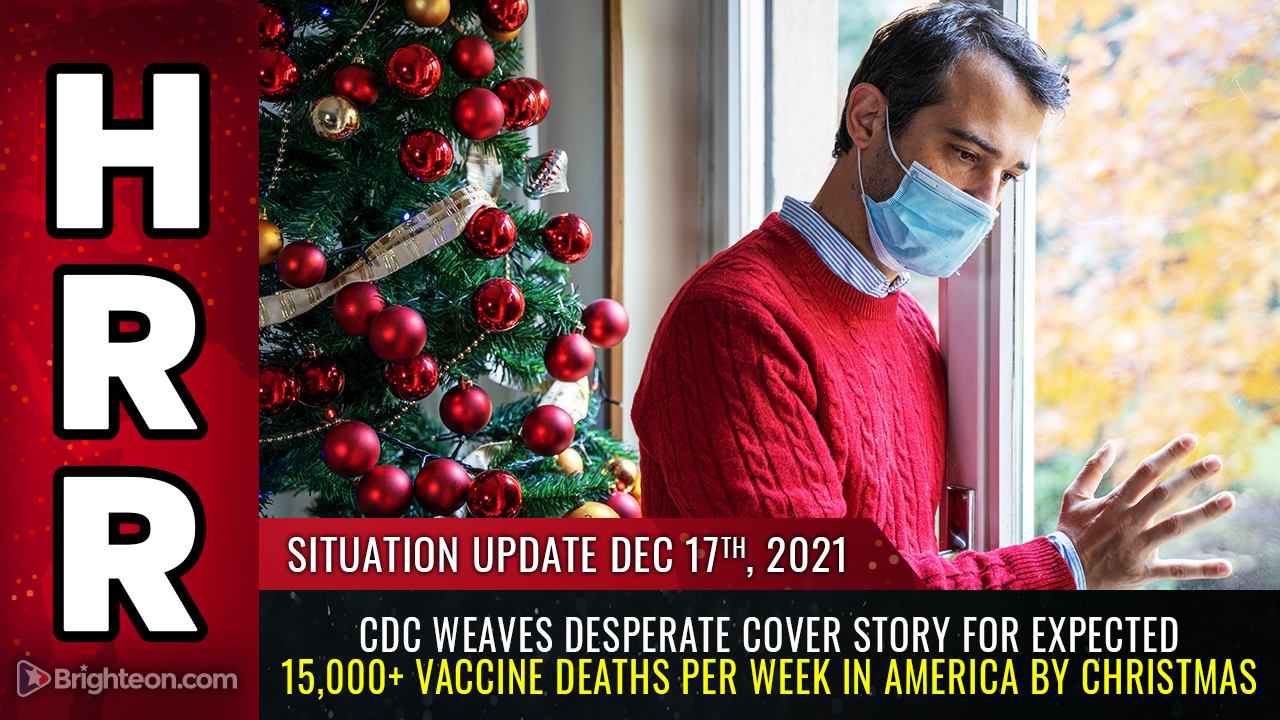European regulators slap safety warning on J&J vaccine over deadly blood clots
04/22/2021 / By Ethan Huff
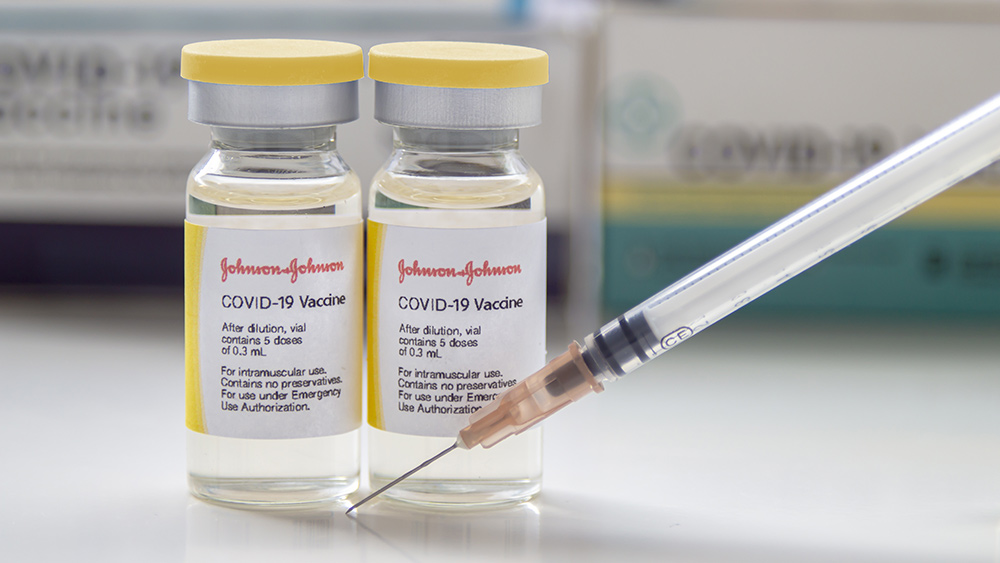
The European Medicines Agency (EMA) has changed course and decided to issue a safety warning concerning the Wuhan coronavirus (Covid-19) injection from Johnson & Johnson (J&J), which has been linked to deadly blood clots.
The group had formerly claimed that the AstraZeneca-Oxford jab, which also causes deadly blood clots, is far more beneficial than it is dangerous. Now, the EMA is backtracking a bit as it concerns the J&J jab, which is likewise dangerous for the very same reason.
Even though the risk of developing deadly blood clots post-injection is said to be “very rare,” enough people are dying that the government can no longer ignore the issue or try to sweep it under the rug. Instead, health authorities will quietly label the injections as dangerous and hope people still agree to get them.
The EMA is not, however, planning to put the same warning label on the AstraZeneca jab, probably because that one is made in Europe and the J&J one is made in the United States.
The EMA’s safety committee, known as PRAC, determined that blood clots caused by the vaccine occur at unusual sites such as in the veins of the brain (cerebral venous sinus thrombosis, CVST) and in the abdomen (splanchnic vein thrombosis), as well as in the arteries. These blood clots are typically accompanied by low levels of blood platelets and occasional bleeding.
The committee found that these deadly adverse effects are similar to the ones that occur post-injection with the AstraZeneca-Oxford jab. But again, that one is not being restricted because Europe is relying on it to get most people on the continent injected.
Coronavirus injection blood clots are likely an autoimmune response
In a statement, the committee warned that healthcare professionals and others who receive the injection “should be aware of the possibility of very rare cases of blood clots combined with low levels of blood platelets occurring within three weeks of vaccination.”
A top official from the U.S. Centers for Disease Control and Prevention (CDC) issued a similar statement last week during a press conference, linking the J&J injection to the phenomenon of deadly blood clots.
According to PRAC, the deadly blood clots are more than likely the result of an injected person’s body triggering an autoimmune response. This response mirrors the reaction often seen in patients treated with the pharmaceutical drug heparin, a blood-thinning agent.
Concerns about the AstraZeneca-Oxford injection causing deadly blood clots resulted in U.S. authorities halting the company’s phase-three trial for more than a month.
Many now believe that the blood clot problem with both the AstraZeneca-Oxford jab and the J&J jab has to do with the fact that both of them are built upon an adenovirus platform. It is important to note, however, that even more deadly blood clots are occurring in people who receive the Chinese virus injections from Pfizer-BioNTech and Moderna, both of which are built upon a messenger RNA (mRNA) platform.
PRAC has indicated that it will soon make “further recommendations” concerning the safety of the J&J injection once it finishes accelerating its safety review. In the meantime, the J&J jab here in the United States will stay on hold.
“More and more cracks are appearing in the façade of the Great Reset as every article is now about faulty vaccines and infighting among regulatory agencies,” wrote one commenter at Zero Hedge.
“But no warning on the mRNA vaccines that are much more deadly,” commented another about the mysterious absence of regulatory concern about these jabs. “Strange.”
To keep up with the latest news about injuries and deaths caused by Wuhan coronavirus (Covid-19) injections, be sure to check out ChemicalViolence.com.
Sources for this article include:
Tagged Under: Blood clots, Europe, injuries, Johnson & Johnson, regulators, safety warning, side effects, vaccine injury, vaccine wars, vaccines
RECENT NEWS & ARTICLES
Vaccines.News is a fact-based public education website published by Vaccines News Features, LLC.
All content copyright © 2018 by Vaccines News Features, LLC.
Contact Us with Tips or Corrections
All trademarks, registered trademarks and servicemarks mentioned on this site are the property of their respective owners.


